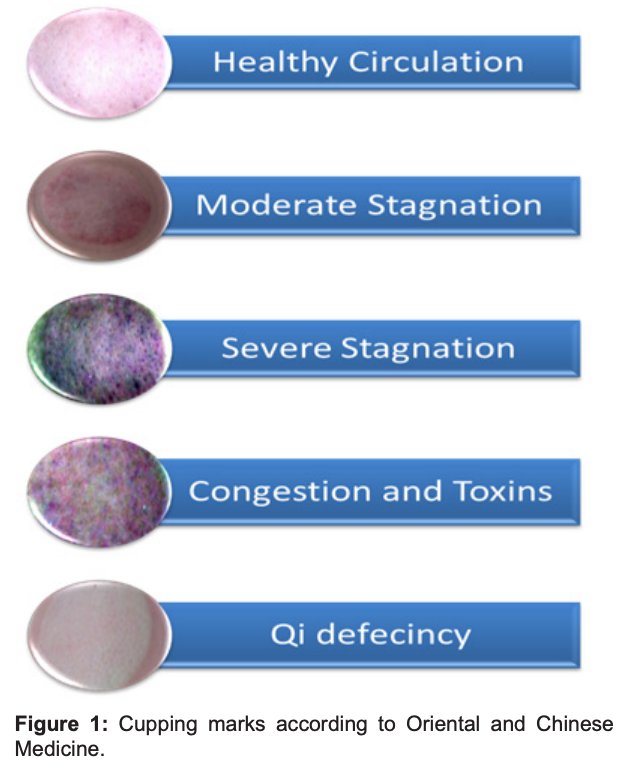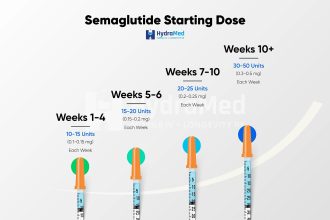Severe stagnation in cupping refers to a condition where there is a significant blockage of energy or blood flow in the body, causing localized tension and discomfort. This stagnation can be identified through dark marks or bruising left on the skin after a cupping session. Understanding the implications of severe stagnation in cupping is crucial for both practitioners and clients to address underlying issues for improved well-being and energy flow. Let’s delve deeper into what exactly severe stagnation means in cupping and how it can impact our body’s overall health and balance.
Exploring Severe Stagnation in Cupping
Welcome, curious minds! Today, we delve deep into the fascinating world of cupping therapy and uncover the mysteries behind one of its key concepts – severe stagnation. Cupping therapy has been around for centuries and continues to intrigue and captivate people around the world. So, let’s roll up our sleeves and embark on this enlightening journey together!
The Basics of Cupping Therapy
Before we dive into the nitty-gritty of severe stagnation, let’s first understand the basics of cupping therapy. Cupping is an ancient healing practice that involves placing cups on the skin to create suction. This suction helps increase blood flow, promote healing, and alleviate various ailments. The cups can be made of glass, silicone, or bamboo, and the most common types of cupping are dry cupping and wet cupping.
What is Stagnation in Cupping?
In the context of cupping therapy, stagnation refers to the congestion or blockage of energy, blood, or fluids in the body. Stagnation can manifest as tight muscles, pain, inflammation, or even emotional distress. Cupping helps to release this stagnation by drawing it to the surface, where it can be eliminated by the body’s natural healing processes.
Understanding Severe Stagnation
Now, let’s focus on the concept of severe stagnation in cupping. Severe stagnation occurs when there is a significant blockage or congestion in the body that is causing severe pain, dysfunction, or other health issues. This type of stagnation is often stubborn and resistant to conventional forms of treatment.
Signs of Severe Stagnation
Identifying severe stagnation during a cupping session requires keen observation and a thorough understanding of the body’s signals. Some common signs of severe stagnation include:
1. Intense Pain: Severe stagnation is often accompanied by intense pain or discomfort in a specific area of the body.
2. Restricted Movement: Stiffness, limited range of motion, or difficulty moving a body part can indicate severe stagnation.
3. Chronic Health Issues: Conditions that have not responded well to traditional treatments may be linked to severe stagnation.
4. Emotional Distress: Severe stagnation can also manifest as emotional imbalances, such as anxiety, depression, or irritability.
Treating Severe Stagnation with Cupping
Cupping therapy is a powerful tool for addressing severe stagnation. By creating suction on the skin, cupping helps to break up blockages, stimulate blood flow, and promote the body’s natural healing processes. The negative pressure created by the cups draws stagnant fluids and toxins to the surface, allowing the body to eliminate them more effectively.
Benefits of Addressing Severe Stagnation
Addressing severe stagnation with cupping therapy can yield a wide range of benefits, both physical and emotional. Some of the key benefits include:
1. Pain Relief: By releasing blockages and promoting circulation, cupping can help alleviate pain and discomfort caused by severe stagnation.
2. Improved Flexibility: Cupping can help loosen tight muscles and improve flexibility, making movement easier and more comfortable.
3. Enhanced Healing: By removing stagnation and promoting blood flow, cupping accelerates the body’s natural healing processes.
4. Emotional Balance: Addressing severe stagnation can also have a positive impact on emotional well-being, helping to reduce stress, anxiety, and other negative emotions.
Severe stagnation in cupping is a complex and nuanced concept that highlights the intricate connection between physical and emotional health. By understanding and addressing severe stagnation, we can unlock the body’s natural healing abilities and promote overall well-being. So, next time you undergo a cupping session, pay attention to the signs of severe stagnation and embrace the transformative power of this ancient healing practice!
Thank you for joining us on this enlightening journey through the world of cupping therapy. May you find peace, healing, and balance on your path to wellness!
Addressing Sever Stagnation With Cupping Therapy
Frequently Asked Questions
What are the symptoms of severe stagnation in cupping?
Severe stagnation in cupping may manifest as intense redness, bruising, or dark marks on the skin that linger for an extended period. It can also cause localized pain or discomfort in the area where cupping was performed.
Is severe stagnation in cupping a common occurrence?
Severe stagnation in cupping is less common than mild stagnation. However, it can occur in individuals with underlying health conditions, poor circulation, or those who had an aggressive cupping session.
How can severe stagnation in cupping be managed or treated?
To address severe stagnation in cupping, it is important to consult with a healthcare professional or experienced practitioner. They may recommend gentle massage, applying heat, or using natural remedies to help improve blood circulation and alleviate the stagnation.
Final Thoughts
Severe stagnation in cupping indicates a significant blockage of energy or blood in the body. This can lead to various health issues and symptoms. Identifying and addressing this stagnation is crucial for restoring balance and promoting healing. In conclusion, understanding what severe stagnation means in cupping is essential for effective treatment and achieving overall wellness.






